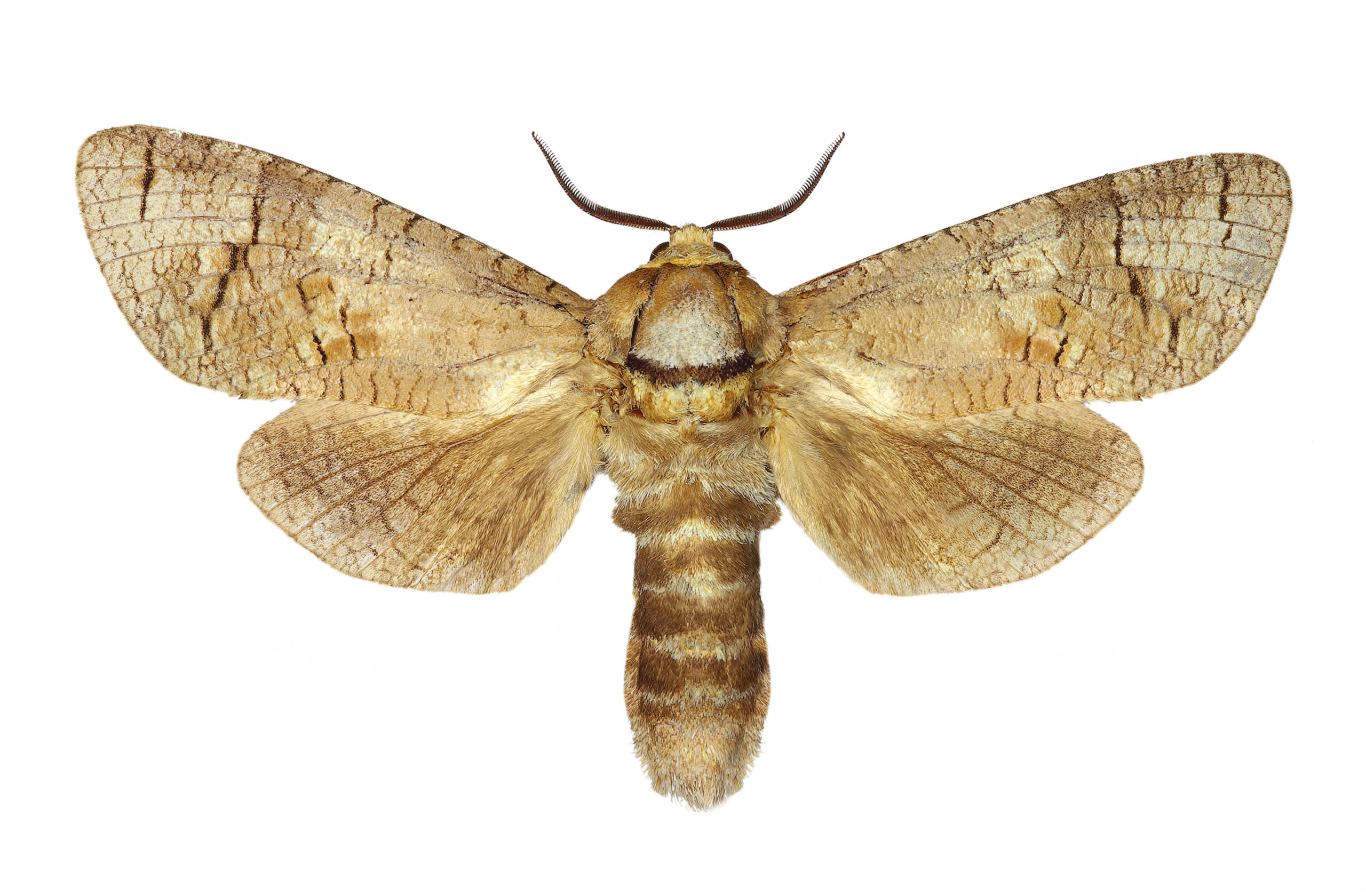AUGUSTA, Maine — Entomologists from the Maine Department of Agriculture, Conservation and Forestry say now is the time to remove browntail caterpillars from trees that are accessible. Browntail caterpillars cause a poison ivy-like rash and they are impacting a broad swath of Maine. Contact with this caterpillar’s hairs can cause severe reactions for some individuals.
Browntail caterpillars spend the winter webbed in silken-wrapped leaves on the tips of branches of oak and apple trees. NOW is the time to look for the bright white silk tying a few leaves to the TIPS of your apple and other fruit trees and oak tree branches. If you see a web CLIP IT OUT and destroy the web by dropping it in a bucket of soapy water and soaking it overnight, do not just leave it on the ground. The caterpillars are ready to go once warmer weather arrives, so do this task as soon as possible!
Browntail caterpillar webs can be found regularly in Maine from the New Hampshire border to Deer Isle, and inland to Raymond, Turner, Rome, Smithfield, Burnham and Eddington. They are worst along the coast from Falmouth to Bristol and up the Kennebec River to Richmond. In 2017, outlying patches of defoliation were found in the towns of Belgrade, Burnham, Eddington, Liberty, Lincolnville, Turner and Whitefield. The moths have been seen all the way west to Kingfield, north to Ashland and east to Topsfield on the New Brunswick border.
As we all have heard, “an ounce of prevention is worth a pound of cure.” People have known that to be true of browntail for more than 100 years. Learn how to recognize browntail moth webs by visiting the websites below, then go out and check your trees for their presence. If you find them and can reach them, clip and destroy them. If you can’t reach them and plan to treat them, now is the time to line up professional help for this spring
Don’t have trees? Survey a public space in your town. If you think you’ve found webs, but are not sure, contact the forest service for help http://www.maine.gov/dacf/mfs/forest_health/tree_ailment.html.
Background information, a video showing how to clip the webs, a list of arborists who could prune webs out of your reach and a list of licensed pesticide applicators that can treat the webs can be found at:
http://www.maine.gov/dacf/mfs/forest_health/invasive_threats/browntail_moth_info.htm
For More Information: Contact the Maine Forest Service (207) 827-1813 or your local University of Maine Cooperative Extension Office.








